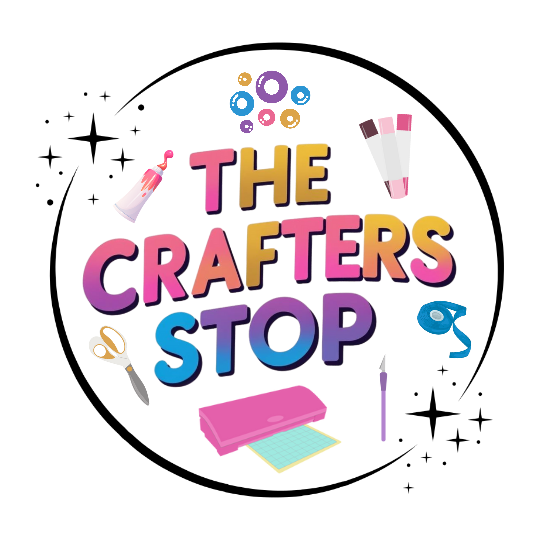Basics of Using Alcohol Ink with Resin
Alcohol Inks are an ideal candidate for colouring resin because they are alcohol-based. The alcohol quickly evaporates and leaves pigment without disrupting the curing of the epoxy resin. With regards to inks, ONLY alcohol-based ones can be used in resin, NOT water-based ones such as acrylic inks or the like. Water disrupts epoxy resin curing chemical processes catastrophically. Here’s what is great about alcohol inks in resin:
AWESOME EFFECTS. Dropping inks on top of and across most poured resins results in a killer effect that is cellular, or nebulous. The inks disperse across the resin creating webs and this effect is enhanced with a heat gun or a blow torch (always follow safety precautions when using any of these). As the alcohol evaporates the ink sets into the resin.
Alcohol Inks work great for Petri Dish effects and make gorgeous coasters. Petri Dish art is often used to make coasters and vibrant inks are key to their aesthetic.
Alcohol Inks for resin jewellery making is a natural fit. A lot of things marketed as resin pigments out there are super chunky or 100% opaque and that’s not necessarily the look everyone is after while making jewellery with resin, such as pendants and earrings. Often a translucent effect is preferable and alcohol inks offer that in spades.
How to Use Alcohol Ink in Epoxy Resin
If you want opaqueness (meaning a solid colour that is not see-through) add in a tiny amount of base white mica powder that is not metallic (unless you do want a shimmer to it).
Once you have applied it to a mould or panel, blow torch bubbles out of the resin to help it set smooth or follow the manufacturer’s instructions. Most resins take 72 hours to fully cure. You can also pour resin, let it cure, and then use that layer as a canvas to paint with alcohol inks on.
